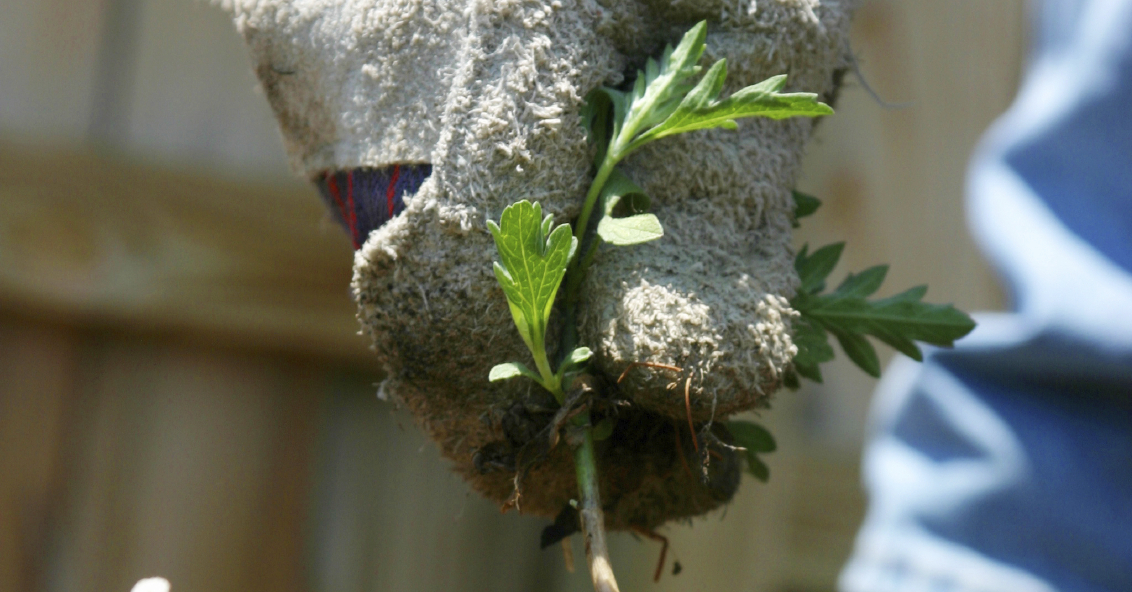On October 26, 2015, the Municipality of San Juan agreed to make substantial upgrades to its storm sewer systems. The citywide upgrades and related cleaning activities will minimize daily discharges of untreated wastewater from San Juan’s storm sewers. The upgrades will help improve the water quality of the San Juan Bay Estuary, the Atlantic Ocean, and the Martin Peña Canal ― waters that support recreational and commercial activities. The estimated cost of the upgrades and actions over the life of the agreement is $180 million.
Between 2008 and 2013, EPA documented that millions of gallons of untreated wastewater were being discharged daily from the Municipality of San Juan’s system. The agency also reported that these discharges disproportionately affect disadvantaged communities in the municipality.
In addition to collecting runoff, San Juan’s storm sewers are receiving untreated wastewater due to infiltration from cracked sanitary systems and sanitary sewers that are directly connected to the storm sewer systems.
According to the U.S. Environmental Protection Agency, the Municipality of San Juan failed to implement its own stormwater management plan. In doing so, the city failed to establish storm sewer maps that facilitate the detection of illegal discharges. Additionally, it did not develop an illegal discharge elimination program and did not routinely clean or maintain its system.
Under this legal agreement, the Municipality of San Juan must comply with its stormwater permit by developing and implementing a stormwater management program that prevents pollutants from entering the storm sewer systems. To this end, San Juan must eliminate illicit connections and discharges, within 10 years in priority areas and within 14 years in other areas. The city will consider using green infrastructure to comply with the agreement.
Under the agreement, the Municipality of San Juan also will develop an asset management program for its storm sewer system, implement a spill prevention and control plan, monitor its water quality, inventory its outfalls, inform the public of risks associated with discharges, and track illegal discharge complaints.





